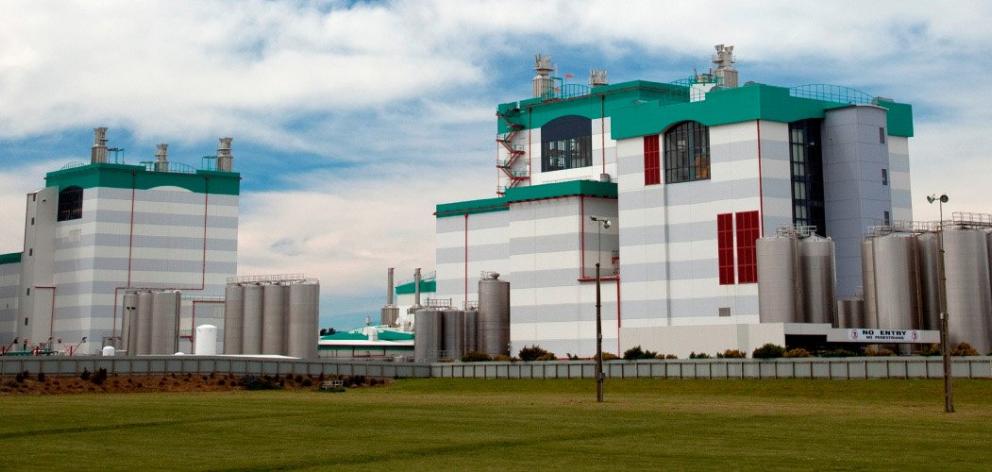
Forsyth Barr’s latest carbon report, which correlates better investment returns to low carbon
emitters over time, suggests that the dairy producers, and Fonterra in particular, remain the most exposed for greenhouse gas emissions over the longer term.
According to the report the dairy industry still accounts for about half of New Zealand’s agricultural emissions, or about 23% of New Zealand’s total greenhouse gases, pegged at about 81million tonnes of CO2 equivalent in 2017.
It said that while farmers had become more efficient in reducing emissions intensity, the sector remained the most exposed and its biggest challenge remained reducing natural animal emissions.
Fonterra, responsible for about 20% of New Zealand emissions, of which 90% is on-farm, has committed to a 30% reduction in absolute manufacturing emissions over the next 10 years.
As the second-highest emitter, the energy sector accounts for about 41% of emissions, though energy companies Genesis and Contact would benefit in the longer term from increased energy demand, particularly as Fonterra and other primary industries switched from boiler to electricity use, the report said.
As a single emitter, the Tiwai aluminium smelter in Southland last year belched out around 600,000 tonnes of CO2 — roughly two tonnes of carbon for every tonne of aluminium produced.
However, the aluminium is produced using electricity from a largely renewable low-carbon system, the report said.
In the construction sector, the highest level of emissions came from cement production. In this sense, Fletcher Building was exposed through its Golden Bay Cement plant which represented around 47% of its emissions.
The Forsyth Barr report said low-emission companies, as a whole, had both higher valuations and performed better than high emitters over time.
‘‘Institutional investors are increasingly focused on environmental issues in response to changing investment mandates. The weight of money into low-emitting companies will increase relative to high emitters,’’ the report said.
Of listed companies, 10 emitters on the NZX50 accounted for about 97% of total emissions disclosed by the NZX.
The majority of that, about 70%, came from Fonterra and Z Energy, from the fuel that was burnt by Z Energy customers.
The report noted that while there was no requirement for New Zealand or NZX-listed companies to report on their carbon emissions, there was a trend towards improving disclosure with ‘‘more questions being asked by investors around disclosure levels’’.
This past year, 26 of the NZX50 disclosed their emissions, of which eight — Auckland Airport, Fisher & Paykel Healthcare, Freightways, Kathmandu, Ryman, SkyCity, Summerset and the Warehouse Group — undertook a third party audit of their emissions data.
The investor report also highlighted Synlait, Z Energy, Air New Zealand and Contact Energy for their sustainability and greenhouse gas emission reports.
Comments
Sounds like a real good argument, to get into that natural gas we have off our coast.
Even the much lauded German Renewable Experiment that is costing them 100s of billions of euros, requires large volumes of gas, that Russia is busy trying to supply via new pipelines.
The USA is the leader of CO2 reductions because of its use of gas not because of the Paris Agreement.
We need to follow the doers not the talkers.
If we want to save some hydrocarbons being burnt- why not really encourage electric cars? Make GST 0% on new and used EVs. Such a simple solution and we would save heaps on petrol & diesel as a nation. Then maybe we would not have to subsidise Tiwai Point through our electricity pricing mechanisms.
Also, I remember my school biology class: CO2 is plant food, along with sunlight and water. I think we are confusing CO2 and pollution in the climate change debate.












